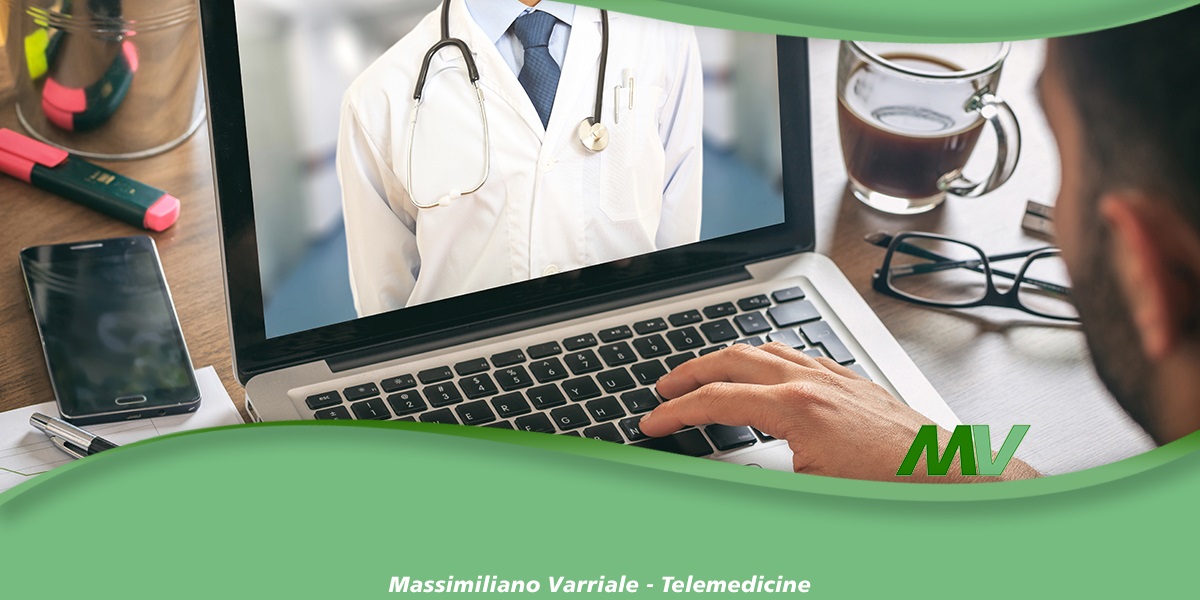Telemedicine
The use of telemedicine to make remote diagnosis and treatment is becoming increasingly necessary.
Telemedicine involves the secure transmission of medical information and data in the form of text, sound, images or other forms necessary for the prevention, diagnosis, treatment and subsequent follow-up of patients. Telemedicine services should be equated with any diagnostic/therapeutic health service. However, Telemedicine service does not replace traditional health care service in the personal doctor-patient relationship, but complements it to potentially improve effectiveness, efficiency and appropriateness. Telemedicine must also comply with all the rights and obligations inherent in any health care act.
The use of telemedicine, through the remote care and monitoring of patients, offers the appropriate health care response to the needs of a population that is experiencing significant aging and an increase in chronic diseases.
Telemedicine is an indispensable element of the restructuring and rationalization of the health care system, through the use of advanced technologies and new organizational models of home care.
The term telemedicine refers to the whole set of health care services in which, thanks to the use of innovative technologies, the health professional and the patient are not in the same place.
Telemedicine makes it possible to:
- assist and make follow-up visits to patients
- remotely monitor vital parameters of patients
- bring health care professionals into dialogue for consultations on particular clinical cases
- send and receive documents, diagnoses and reports.
Telemedicine is especially indispensable for categories of people who require continuous care, as, for example, they suffer from chronic diseases. These patients may need constant monitoring of certain vital parameters to reduce the risk of onset of complications.
In this case, a better service can be provided to the patient, through faster availability of information on the state of his or her health, allowing to increase the quality and timeliness of health professionals' decisions, particularly useful in emergency-urgency conditions. In this regard, technology and telecommunications play a key function as they help improve the efficiency and safety of care, as well as the confidentiality and protection of patients' personal data.
Telemedicine, which is one of the main areas of application of eHealth, offers highly relevant potential especially for:
- increasing equity in access to social and health services in remote territories, thanks to the decentralization and flexibility of services rendered, the delivery of which is made possible by innovative forms of home care
- redistribute human and technological resources among different principals, making it possible to cover the need for professional skills that are often lacking and ensure the continuity of care in the territory
- offer, through the availability of teleconsultation services, support for mobile emergency services or for remote areas, through the reorganization of health services, possibly through the use of remote clinical resources, including those deployed directly on board ambulances.
Under Mission 6 Health, envisioned in the National Recovery and Resilience Plan (NRP), telemedicine takes a primary role through specific areas of focus. In this reorganization, digital solutions can play a key role in reducing waiting times for visits, improving accessibility to health services, and generally increasing the efficiency of the health system.
The minimum telemedicine services envisaged in the NRP, in order to ensure their uniform activation throughout the country, are:
- Telehealth
- Teleconsultation and medical teleconsultation
- Telecare
- Telemonitoring.

